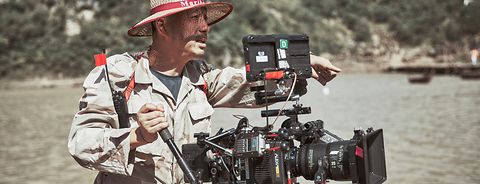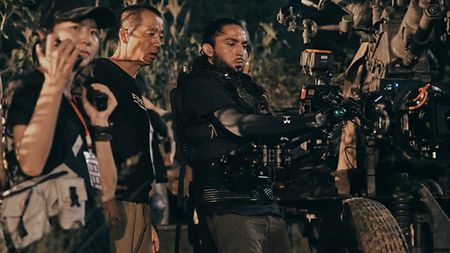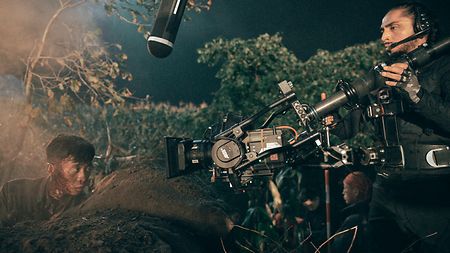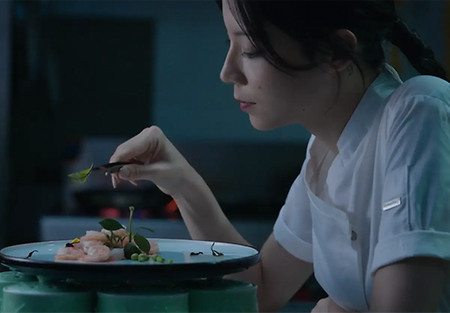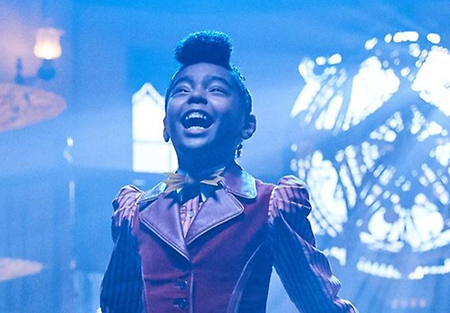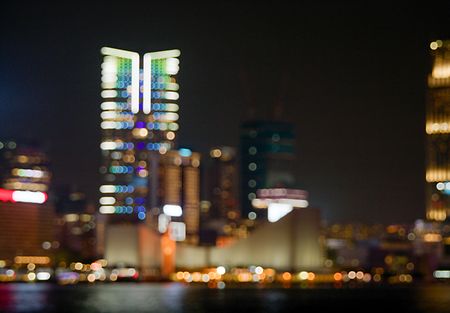“The Sacrifice,” released as part of China’s commemorations of the 70th anniversary of its entry into the Korean War, re-enacts the defence of Jingang Bridge by the People’s Volunteer Army in 1953. The bulk of the shoot was overseen by cinematographer Luo Pan ASC, CNSC and director Guan Hu, known for his previous historical war film “The Eight Hundred,” though other sections were helmed by directors Guo Fan, Lu Yang, and Tian Yusheng, with DPs Liu Yin, Han Qiming, and Gao Weizhe. This division of duties allowed the two-hour feature to be shot in less than two months. Luo Pan speaks here about the intense schedule, his visual approach, and working with ARRI large-format cameras and lenses.
This film was shot in an incredibly short amount of time; what was that like for you?
It was not only fast, but also sudden. I was contacted on July 3rd and told they wanted to start shooting on August 1st. I asked what genre the film was, and when they said it was a war movie by Guan Hu, I felt that if it was going to be anything like “The Eight Hundred,” then completing preproduction in only a month would be impossible.
The production company asked if I could go back to Beijing immediately, but the shoot I was on didn’t finish until July 10th, which left us only 20 days. On July 11th, I arrived in Beijing; on July 12th, I discussed the script with the director; and on July 16th, I went to Dandong for a location scout. Our start day was pushed to August 8th, which was still hectic, but overall this shoot was a special experience for me.
